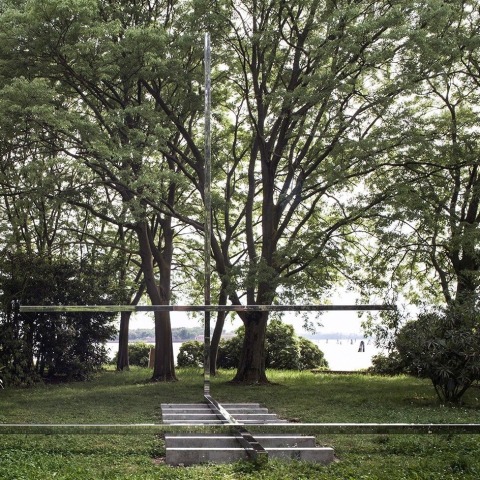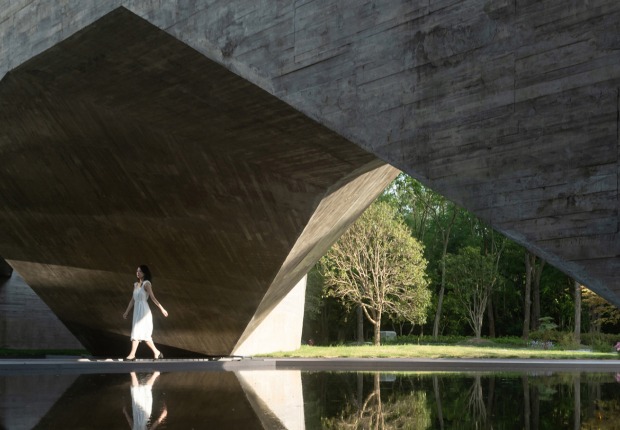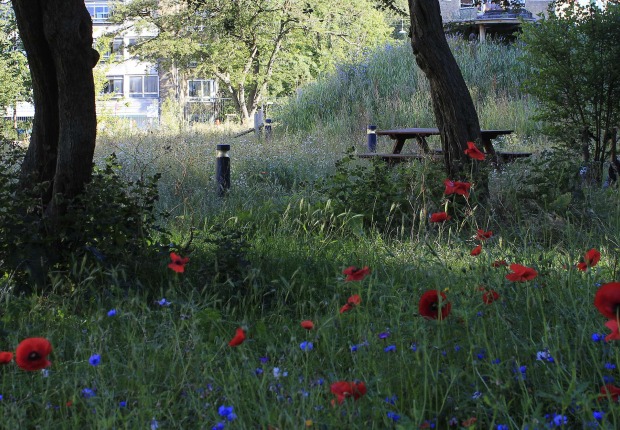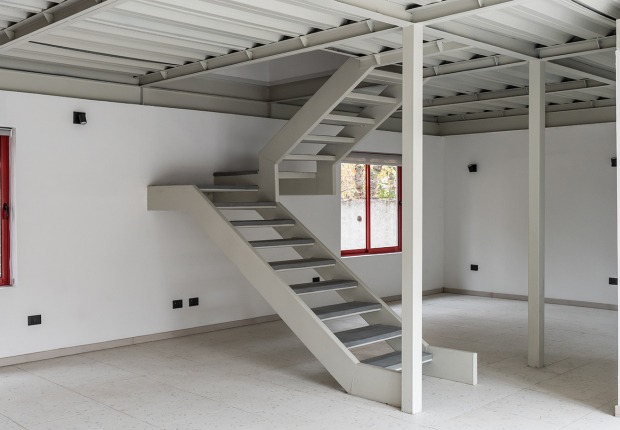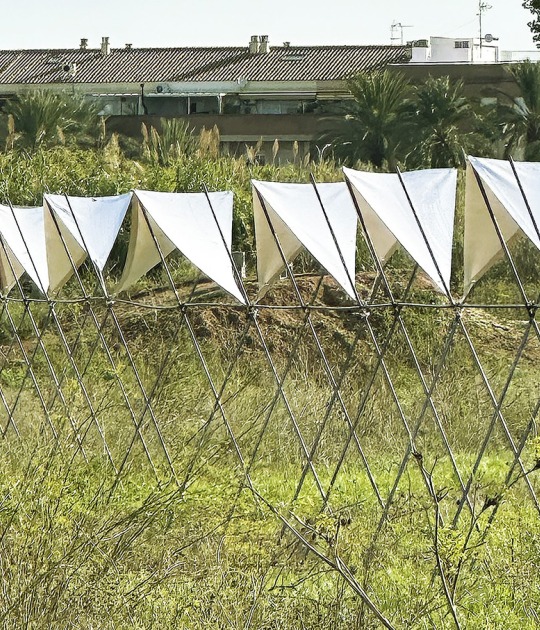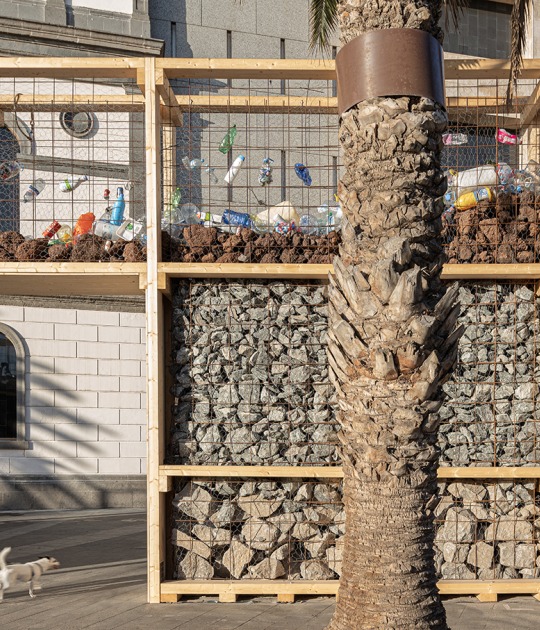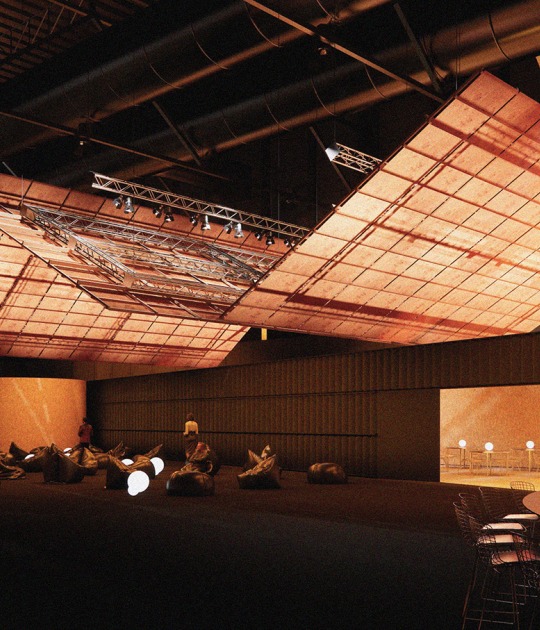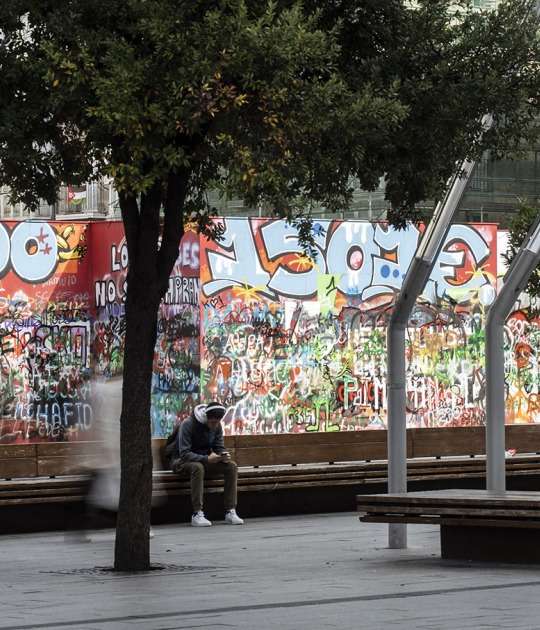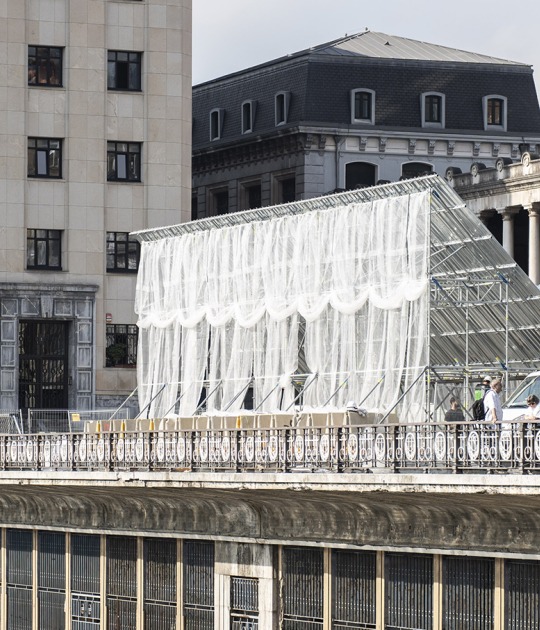Both the Silver Lion and the mentions have been justified with a vision, somewhat archaic, about the time of waiting, vernacular architectures, intimacy and empathy, when these proposals are actually more important because of the interesting aspects they show, commitment and individual ethics of the winners.
The rest of the awards of the biennial have fled the ideological commitment as the excellent theme raised by the German pavilion, and have focused on more "quiet" issues, so to speak, such as the Swiss pavilion, - in some exemplary aspects (such as the contest to select the curators, against the constant tendency to "dedazo") - and not so much in its juggling-academic exercise of scales. It is interesting the mention given to the pavilion of Great Britain with the reflection of the architects Caruso St John with the artist Marcus Taylor on the idea of Isla, and the consequent issues that imply, such as Brexit, isolation, the future ...
Becoming vs Wallpaper
The Spanish pavilion, is within the group of those who have considered the motto of the biennial "Freespace" in the academic environment, as it happens in the pavilion of Greece or the United States. The proposal, with a very interesting idea, which has had the involvement of numerous students, has meant, at least in this aspect, an attempt to refresh the environment always focused on the variegated world of star system figures, however its construction, its translation to reality, has been less emotive than its ideas suggested. We could say that the opposite case has occurred in the previous intervention, and the discourse has been blurred in a complex transcription on the walls with an iconography that recalls those used in the 80s and 90s of the last century.
"Exemplary" lesson
The rest of the pavilions have gone through interesting proposals such as the pavilion of Singapore, the pavilion of Turkey, the commitment of Uruguay, of Australia, the search for public space in Portugal, Austria, Estonia ... however, I believe that it is necessary to emphasize the intervention of the pavilion of the Holy See.
His proposal has come from the hand of a cardinal known for his radical views against the modern architecture of churches, as picked up by the newspaper "The Guardian" a few days ago. The proposal has not responded to the slogan of the commissars in the strict sense, "Freespace", now the prayer spaces are not public spaces, open or free (Since years ago even churches close after prayer or charge to visit them) , not even to the debate raised by the pavilion of Israel on the negotiation and necessary coexistence in sacred places, nevertheless it is certain that they are spaces where people can find themselves and in that aspect feel free in a moment of recollection, " place of orientation, meeting, meditation and greeting ".
The set of chapels is an extraordinary set of beautiful architectural sculptures. The pavilion of the Holy See, there are many issues for future editions, some much more delicate, ethical and committed to society and space, than the mere recognition of beauty. In any case a sublime example of sculptural beauty, although isolated, a space for the Venetians to walk and the recovery of a space for the city, which deserves a visit in Venice.
Next, the images of the 11 finished structures that make up the first pavilion of the Holy See.
